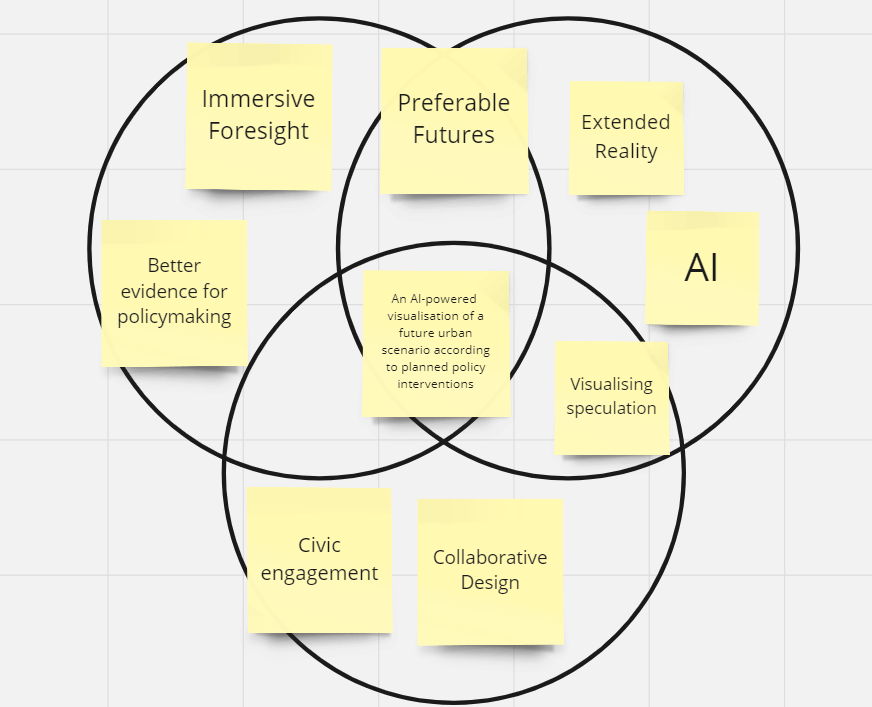
Initial Interests
We formed our group based on our common interests of speculative future visualisation, better policymaking and civic engagement and the potential of emerging generative AI technologies. Personally, I used this microchallenge as an opportunity to work on my research project seeking to bring more innovative foresight tools in policymaking.
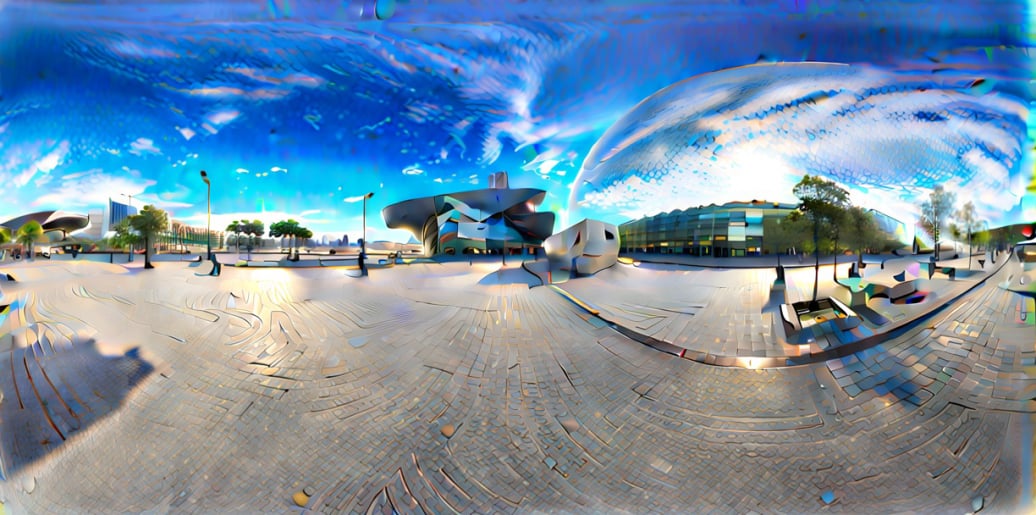
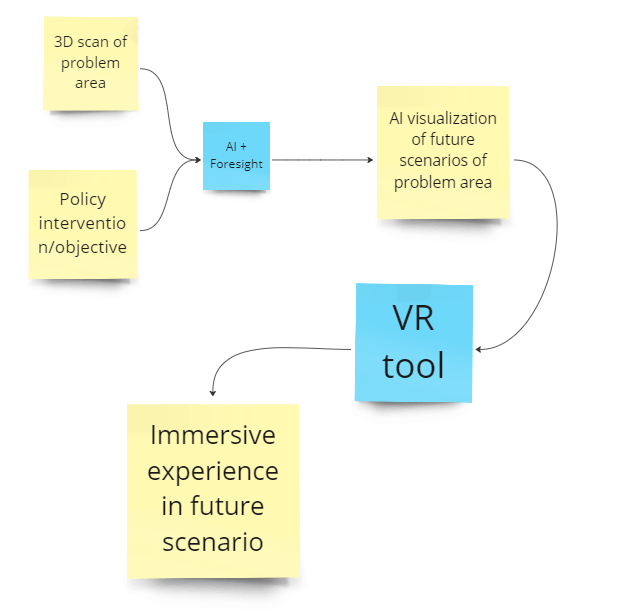
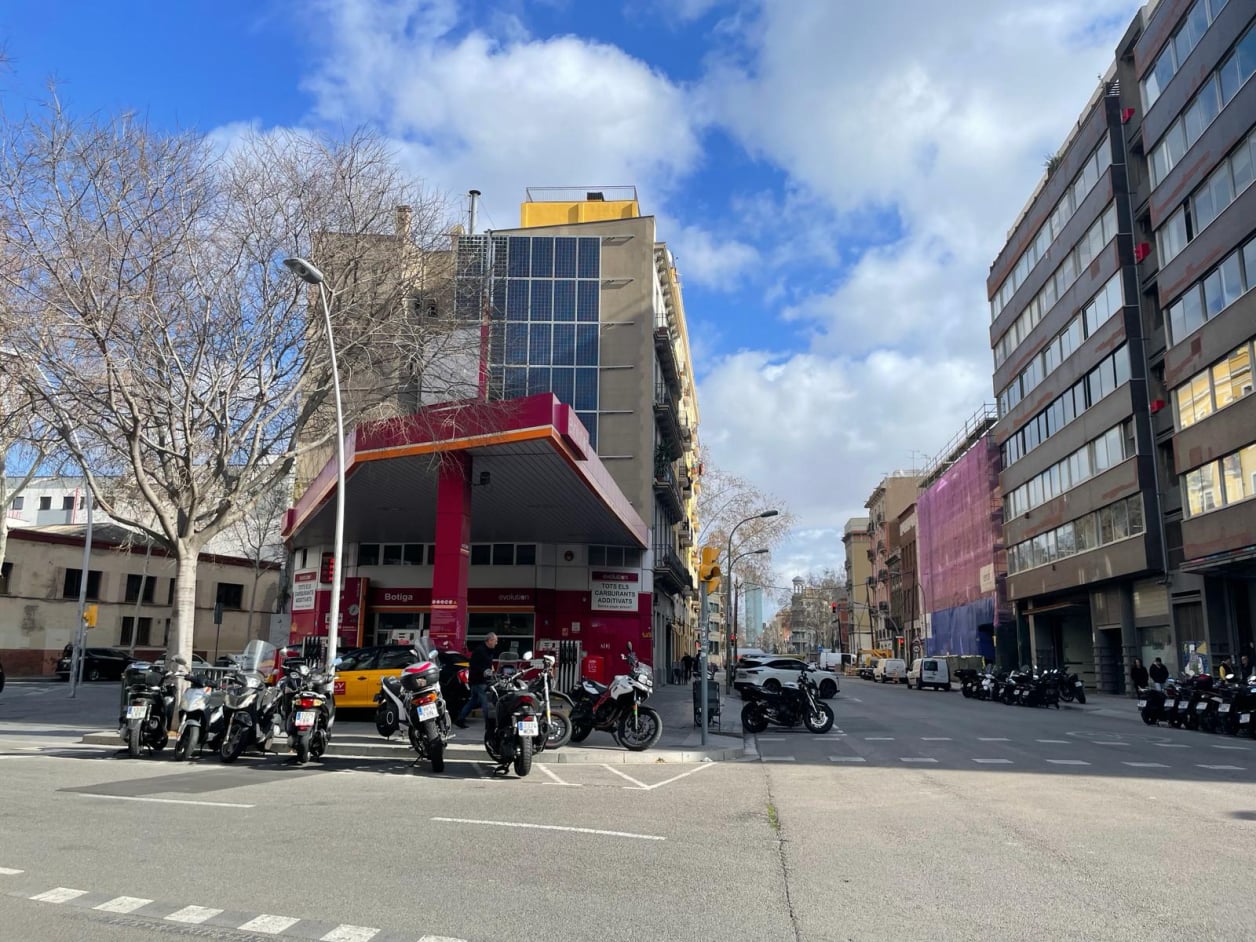
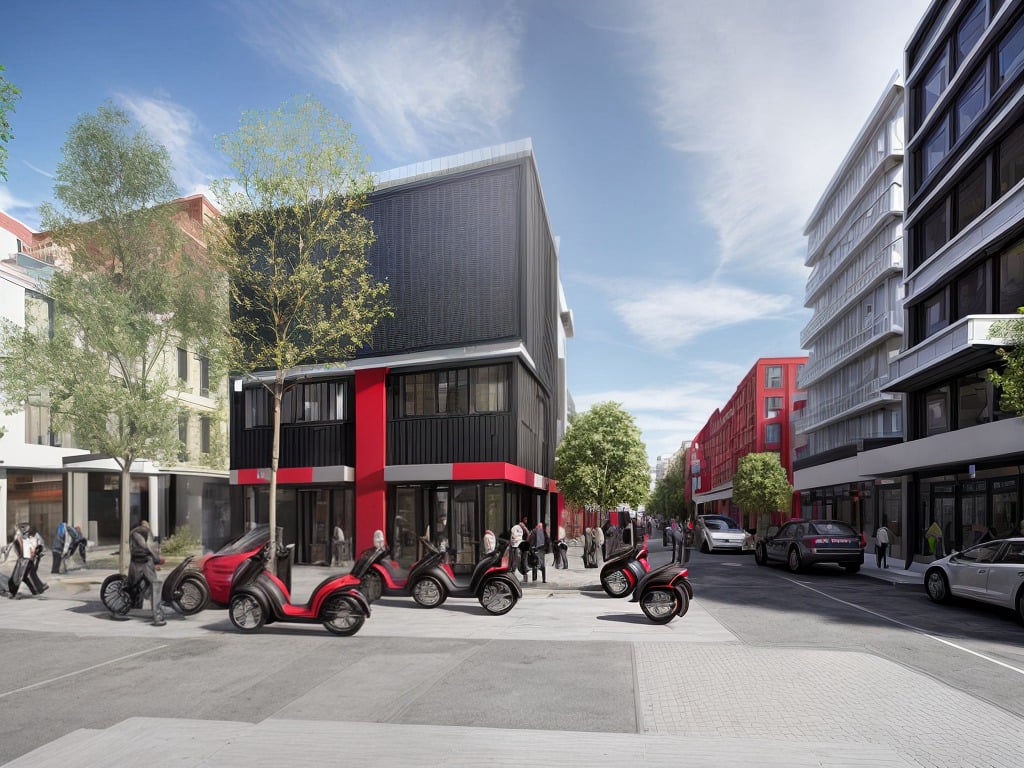
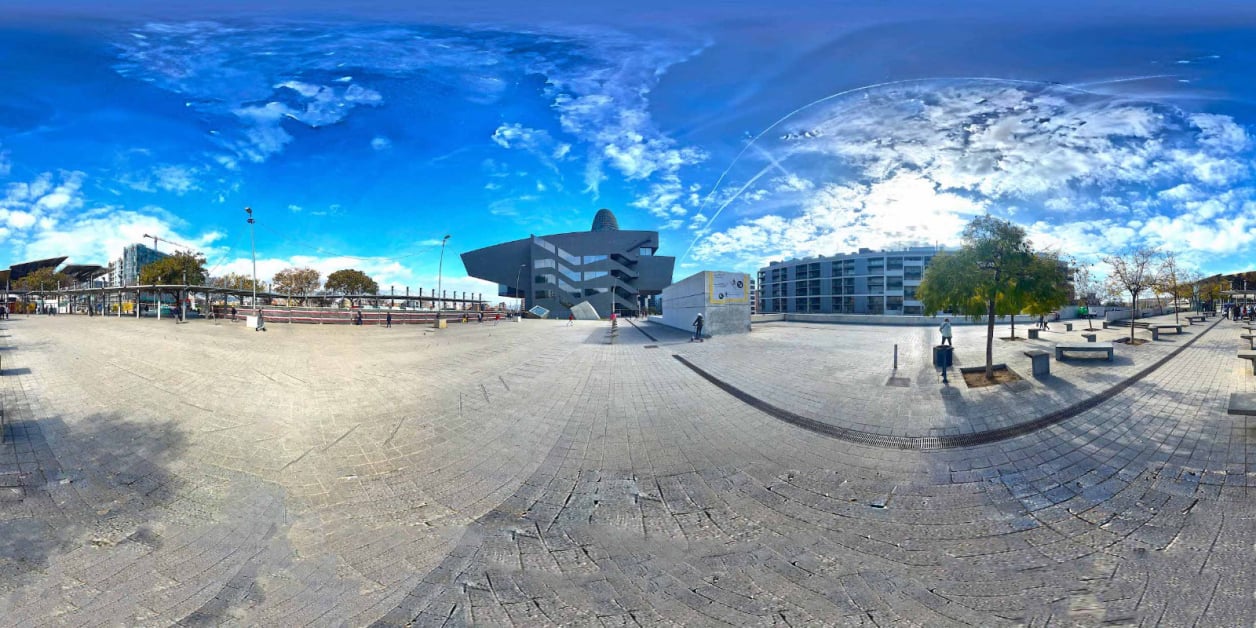
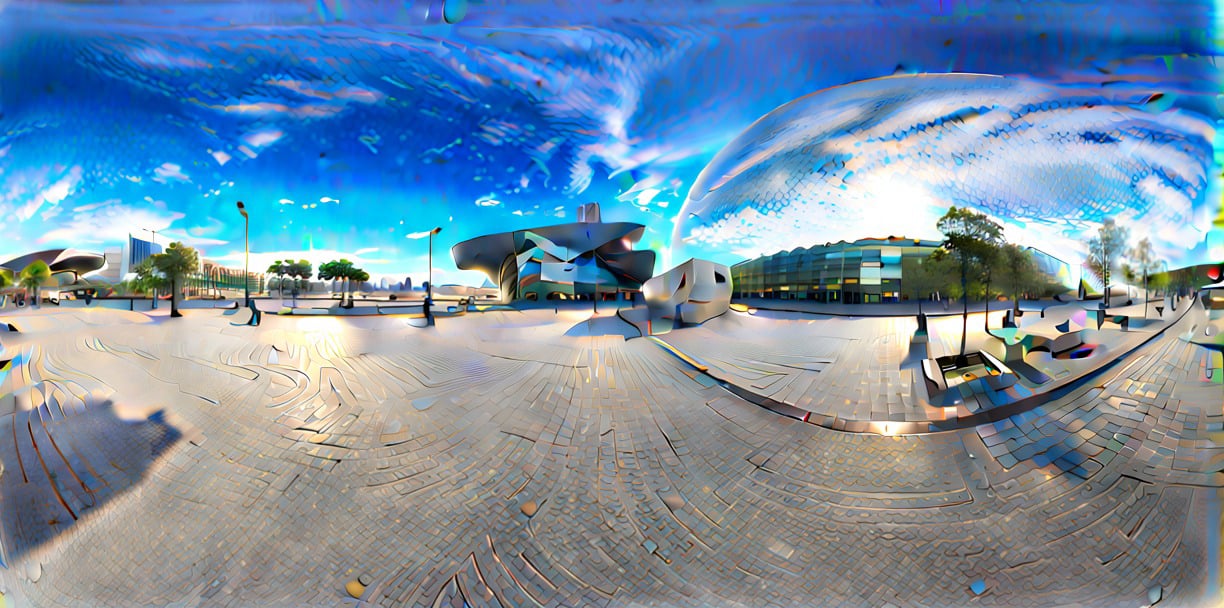
Process
Iteration 1 - Crystal Ball Custom GPT
We first wanted to go through the entire process with a custom bot built on ChatGPT 4 to test the workflow and see if we could get to a final output. We trained a custom bot with Dator and Smart's future archetypes foresight methodology and gave the EU policy documents as input (Renovation Wave, EU Circular Economy Plan, Smart and Sustainable Mobility Strategy, New EU Bauhaus). The bot was trained to perform a foresight analysis based on the EU policy documents We had to reconfigure the bot several times to get to the optimal output. As we weren't satisfied with OpenAI's future image output, we decided to use another AI model using stable diffusion, which was better at doing image to image outputs.
Iteration 2 - Crystal Ball Tool
We wanted to make the entire experience automatic for users who do not have ChatGPT 4 so we decided to created an interface that would integrate the entire process. We used Modmatrix's source code and adapted it to create our own Crystal Ball interface on Replit. We used OpenAI's API to describe the input image and undertake the foresight analysis based on the EU policy documents but we couldn't use the stable diffusion model to create the future image as it wasn't open source. So we found another image to image model on replicate that could be integrated in the interface with an API. As the ultimate aim was to showcase this future scenario through an immersive experience with glitch, we worked with 360 images.